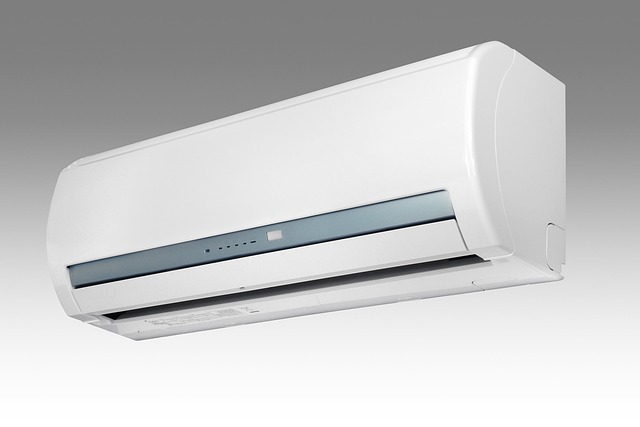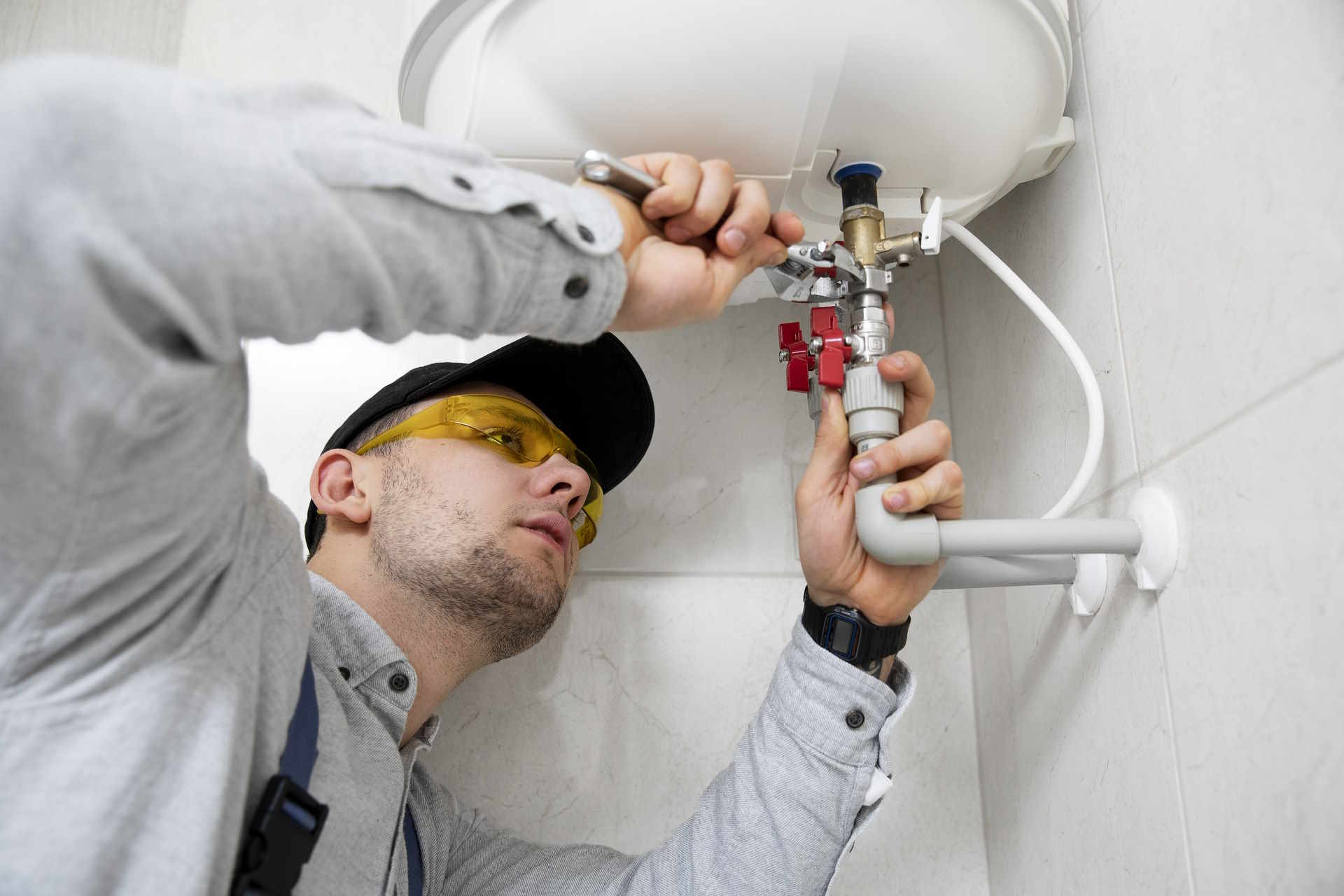Comprehensive HVAC Solutions Across Australia – Delivering Comfort, Efficiency, and Cleaner Air for Every Space
Comprehensive HVAC solutions across Australia provide tailored heating, cooling, and ventilation services designed to enhance comfort, improve energy efficiency, and support healthier indoor environments. By combining advanced technologies with expert installation and maintenance, these systems help homes, businesses, and large facilities achieve reliable climate control while reducing energy costs and promoting cleaner, fresher air year-round.

HVAC systems form the backbone of comfortable living and working environments across Australia’s varied climate zones. From Darwin’s tropical conditions to Melbourne’s temperate weather patterns, these integrated systems manage temperature, humidity, and air quality to create optimal indoor environments. Professional HVAC solutions encompass design, installation, maintenance, and repair services tailored to specific building requirements and local climate conditions.
What Australian HVAC Services Typically Include
Australian HVAC providers offer comprehensive services spanning residential, commercial, and industrial applications. Installation services begin with detailed system design and sizing calculations based on building specifications, occupancy levels, and local climate data. Technicians handle ducting installation, electrical connections, refrigerant line setup, and system commissioning to ensure optimal performance from day one.
Repair and troubleshooting services address common issues including refrigerant leaks, compressor failures, electrical faults, and airflow restrictions. Emergency repair services operate around the clock, particularly important during extreme weather events when system failures can create uncomfortable or unsafe conditions. Many providers also offer system upgrades and retrofitting services to improve efficiency in older buildings.
Specialized services include indoor air quality assessments, humidity control solutions, and ventilation system optimization. Commercial clients often require custom solutions such as server room cooling, clean room environments, or industrial process cooling systems that demand specialized expertise and equipment.
| Service Type | Provider Examples | Cost Estimation |
|---|---|---|
| Residential Installation | Daikin Australia, Mitsubishi Electric | $3,000 - $15,000 |
| Commercial Systems | Carrier Australia, Trane | $10,000 - $100,000+ |
| Maintenance Contracts | Local HVAC contractors | $200 - $800 annually |
| Emergency Repairs | 24/7 HVAC services | $150 - $500 per call |
Prices, rates, or cost estimates mentioned in this article are based on the latest available information but may change over time. Independent research is advised before making financial decisions.
The Importance of Regular HVAC Maintenance
Preventive maintenance extends system lifespan, maintains efficiency, and prevents costly breakdowns during peak usage periods. Regular maintenance schedules typically include filter replacements, coil cleaning, refrigerant level checks, and electrical component inspections. These routine tasks prevent minor issues from developing into major system failures.
Seasonal maintenance becomes particularly important in Australia’s climate extremes. Pre-summer inspections ensure cooling systems can handle high temperatures and humidity, while winter preparations focus on heating components and system changeovers. Regular maintenance also maintains manufacturer warranties and ensures compliance with building codes and safety regulations.
Negligent maintenance leads to reduced efficiency, higher energy costs, poor indoor air quality, and premature system replacement. Dirty filters restrict airflow, forcing systems to work harder and consume more energy. Accumulated debris on coils reduces heat transfer efficiency, while worn components create safety hazards and system instability.
Energy Efficiency: A Key Consideration
Energy efficiency directly impacts operating costs and environmental sustainability. Modern HVAC systems incorporate variable speed compressors, smart thermostats, and zoned control systems that optimize energy consumption based on actual demand. High-efficiency systems often qualify for government rebates and incentives, offsetting higher initial investment costs.
Star rating systems help consumers compare efficiency levels across different models and manufacturers. Inverter technology, common in Australian HVAC systems, adjusts compressor speed to match cooling or heating demands rather than cycling on and off, resulting in significant energy savings and more consistent temperatures.
Building envelope improvements complement efficient HVAC systems by reducing thermal loads. Proper insulation, window treatments, and air sealing minimize the work required from climate control systems, further reducing energy consumption and operating costs. Smart building integration allows HVAC systems to respond to occupancy patterns, weather forecasts, and utility pricing to optimize both comfort and efficiency.
Professional HVAC solutions provide essential climate control across Australia’s diverse environments, combining technical expertise with energy-efficient technologies to deliver comfortable, healthy indoor spaces. Regular maintenance and efficiency considerations ensure these systems continue providing reliable service while minimizing environmental impact and operating costs.




